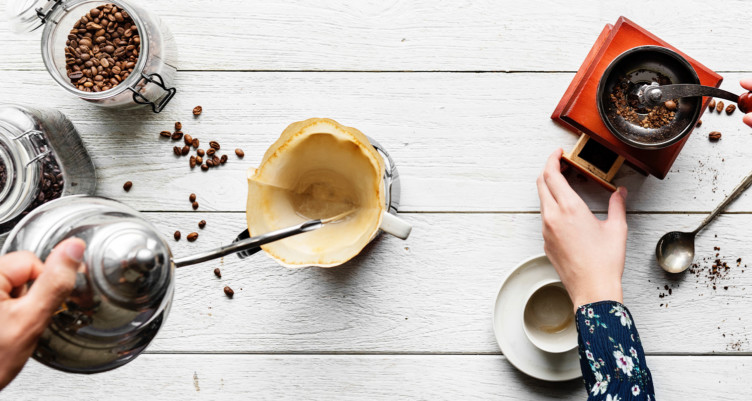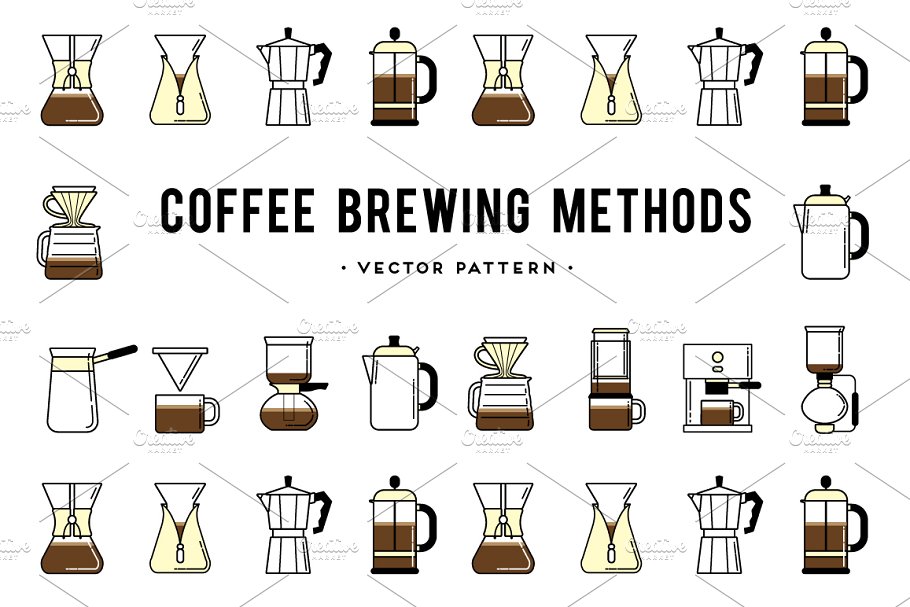Coffee Brewing Methods Demystified: From French Press to Cold Mixture
Coffee Brewing Methods Demystified: From French Press to Cold Mixture
Blog Article
Discovering the Art of Coffee Developing: A Comprehensive Guide to Developing Your Mug
The art of coffee developing is a multifaceted self-control that combines science with personal expression, where the choice of beans, water quality, and developing approaches converge to create a refined sensory experience. Recognizing the nuances of different coffee beans, especially the differences between Arabica and Robusta, is vital for any kind of aficionado. The choice of proper tools and careful attention to brewing parameters can considerably influence the last outcome. As we explore these elements, one must think about exactly how even small changes can result in profound changes in flavor and fragrance-- what might these adjustments expose about your optimal cup?
Understanding Coffee Beans
To genuinely appreciate the art of coffee developing, one need to initially understand the fundamental element: coffee beans. Coffee beans largely fall right into two groups: Arabica and Robusta.

In addition, the handling approach-- whether cleaned, all-natural, or honey-- affects the beans' final preference. Recognizing these aspects enables makers to pick the appropriate beans that line up with their chosen flavor profile, eventually improving the coffee developing experience. coffee brewing methods. This understanding is crucial for anyone aspiring to master the craft of brewing the ideal cup of coffee
Developing Techniques Clarified
Several enthusiasts find that the option of brewing technique substantially influences the last taste and fragrance of their coffee. Each technique utilizes different extraction techniques, influencing the coffee's character and richness.
Drip brewing, one of the most popular approaches, uses an equipment to trickle warm water with ground coffee, creating a clean and consistent cup. French press, on the various other hand, submerses coffee grounds in hot water, permitting for a fuller body and more durable taste, as oils and great bits remain in the brew.
Pour-over brewing provides a precise method, where water is by hand put over coffee premises, permitting precise control over removal time and temperature level, leading to a nuanced and bright mug.
Coffee, a concentrated coffee made under pressure, is understood for its solid flavor and creamy appearance, acting as the base for various coffee beverages, consisting of coffees and lattes.
Crucial Devices Required
What devices is important for making a wonderful mug website here of coffee? The structure of any kind of successful coffee developing process exists in high quality equipment tailored to your recommended method. A reliable coffee mill is important; freshly ground beans substantially boost flavor and fragrance. Select a burr mill, which guarantees consistent particle size, crucial for optimum extraction.
Following, consider your brewing device. Choices vary from drip coffee manufacturers and pour-over arrangements to French presses and espresso makers. Each approach offers unique flavor accounts and developing techniques, so choose one that lines up with your preference choices.
A precise range is additionally indispensable, enabling you to gauge coffee and water properly, which is essential for consistency. Furthermore, a thermostat can aid check water temperature level, as it directly affects removal top quality.
Learning Water Top Quality
The top quality of water utilized in brewing coffee plays a significant role in establishing the last taste account of the mug. Different elements contribute to water top quality, consisting of mineral content, pH degree, and overall purity. Preferably, water must be without impurities and contaminants, as these can negatively affect the preference of coffee.
Minerals, such as calcium and magnesium, improve the extraction of flavors from the coffee grounds, while keeping a balanced pH level-- around 6.5 to 7.5-- is crucial for ideal extraction. Water that is too soft might cause under-extraction, leading to weak or sour tastes, while overly tough water can generate a bitter or extreme cup.
For the ideal outcomes, filtered water is recommended, as it decreases the existence of chlorine and other unwanted substances usually discovered in faucet water. Furthermore, take into consideration using water with a Complete Dissolved Solids this (TDS) level in between 150-200 ppm, which is generally excellent for coffee developing. By understanding water quality, you can lay a strong foundation for accomplishing a consistently superb mug of coffee, permitting the distinct characteristics of your selected beans to beam through.

Tips for Taste Enhancement
Enhancing the taste of your coffee can significantly raise your developing experience and bring out the unique subtleties of your chosen beans. To accomplish this, take into consideration numerous essential aspects that affect taste.
Firstly, the grind dimension plays a crucial function. A you could check here finer grind boosts removal, causing bolder flavors, while a coarser work returns a milder mug. coffee brewing methods. Adjust your grind according to your brewing technique to attain ideal results
Second of all, trying out mixture time. Over-extraction can lead to bitterness, while under-extraction lead to a sour preference. Goal for a mixture time that stabilizes these extremes, generally between two to four minutes, depending upon your method.
Brewing with water that is also warm can swelter the coffee, while water that is too cool might fall short to draw out adequate taste. In final thought, the art of coffee brewing is a complex method that requires a deep understanding of various components, including bean option, brewing methods, and water top quality. By integrating these components, coffee fanatics can raise their brewing strategies, resulting in a cup that not only pleases personal choices however also showcases the abundant complexity of coffee tastes.
The art of coffee brewing is a complex technique that merges science with individual expression, where the choice of beans, water top quality, and brewing methods merge to produce a refined sensory experience.To genuinely appreciate the art of coffee brewing, one must initially recognize the foundational component: coffee beans. Developing with water that is as well warm can swelter the coffee, while water that is too great may stop working to remove adequate flavor. In conclusion, the art of coffee developing is a multifaceted method that requires a deep understanding of different elements, including bean choice, developing methods, and water quality. By incorporating these elements, coffee fanatics can raise their developing strategies, resulting in a mug that not only satisfies individual preferences but also showcases the rich intricacy of coffee tastes.
Report this page